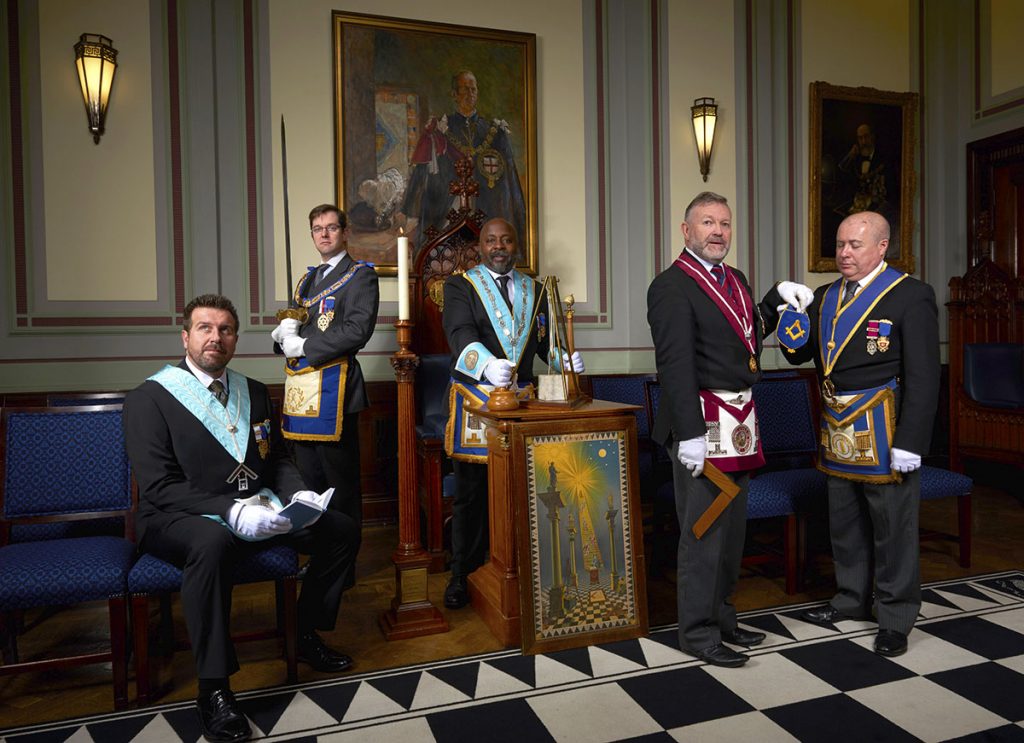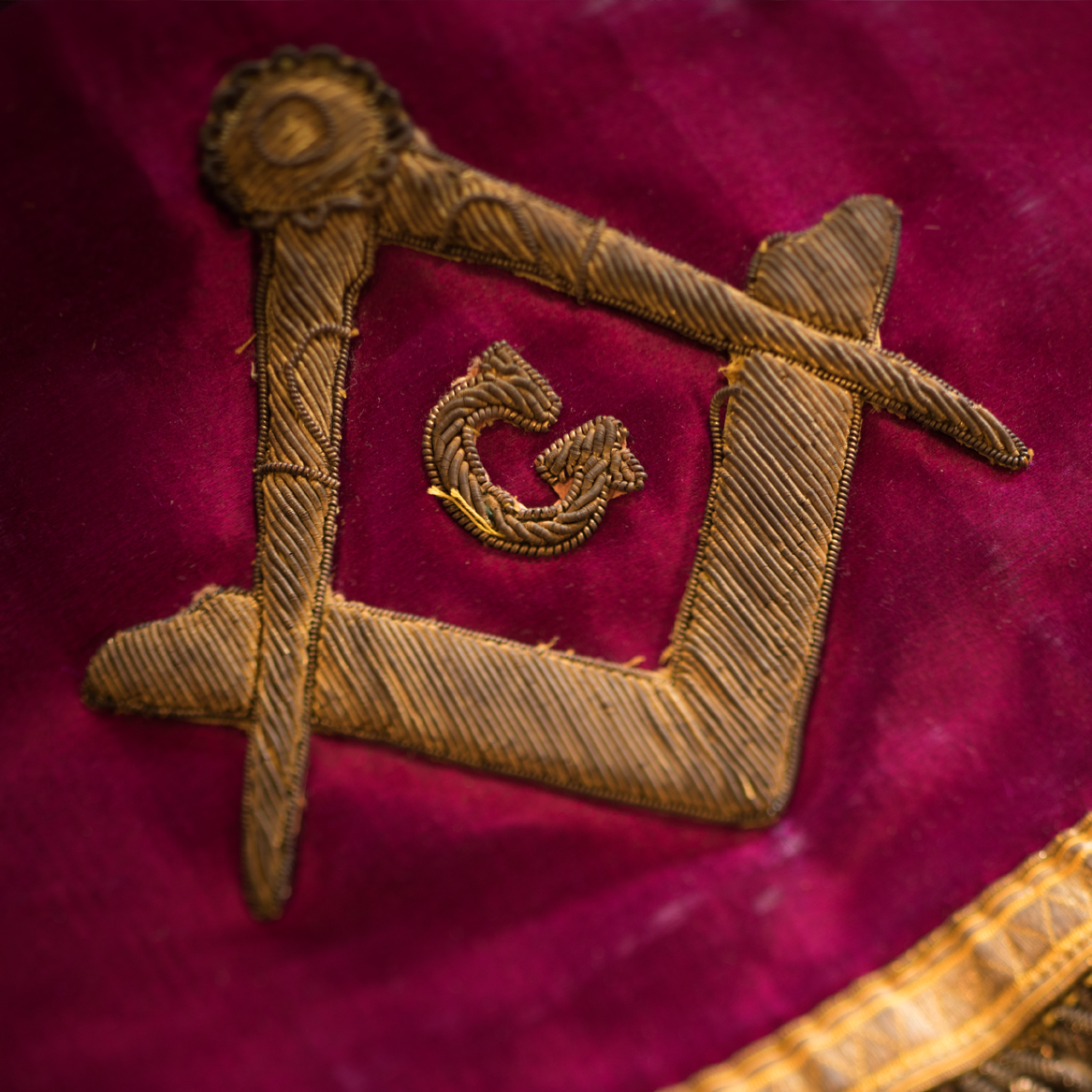The Most Useful Guide to Understanding How to Become a Freemason Easily
The Most Useful Guide to Understanding How to Become a Freemason Easily
Blog Article
Discovering the Mysteries of the copyright: What You Required to Know
The copyright, a term usually shrouded in intrigue and dispute, represents an intricate tapestry of historical truth and modern misconception. Developed in the late 18th century, this secret society was originally rooted in the Enlightenment's suitables but has given that ended up being identified with conspiracy theories concerning elite control. As we navigate the origins, crucial figures, and the raw contrast in between misconception and reality, one need to take into consideration exactly how these stories affect contemporary understandings of power and privacy. What could be revealed with a more detailed examination of these elements might test long-held presumptions about the shadows that remain in our society.
Beginnings of the copyright
The beginnings of the copyright are steeped in a mix of historic intrigue and ideological fervor. Developed in 1776 in Ingolstadt, Bavaria, by Adam Weishaupt, the team was initially developed as a secret society aimed at advertising Knowledge suitables such as factor, secularism, and the separation of church and state. join freemason. Weishaupt, a professor of canon legislation, sought to challenge the prevailing authority of the church and state, which he viewed as overbearing establishments suppressing intellectual and individual flexibility
The copyright sought to recruit significant participants from different societal industries, including national politics, academic community, and the arts, to promote a network dedicated to these Enlightenment concepts. The culture operated under a shroud of privacy, utilizing coded language and rituals to shield its participants from oppression, especially given the repressive environment of the time. The copyright dealt with significant resistance from both governmental authorities and religious establishments, which checked out the team as a danger to their power.
Key Numbers and Members
That were the pivotal figures that formed the copyright's early influence and instructions? The Bavarian copyright, started in 1776 by Adam Weishaupt, emerged as an action to the overbearing social structures of the time.
One more substantial number was Johann Gottlieb Fichte, a popular theorist whose concepts on nationalism and education and learning resonated with the copyright's goals. Fichte was not an official participant, his thoughtful underpinnings influenced the group's ideology. Furthermore, figures like the author and philosopher Johann Wolfgang von Goethe were connected with the wider intellectual motions of the moment, although their straight participation with the copyright stays disputed.
These vital numbers contributed to the copyright's very early instructions, pressing the borders of political and social idea, while their cumulative initiatives aimed to challenge well established norms and promote a climate of progressive change in Europe. (join freemason)
Myths vs. Reality
Many misunderstandings surround the copyright, typically blending fact with fiction in a manner that covers its real nature. This secret society, originally founded in 1776 in Bavaria, intended to advertise Enlightenment ideals and fight spiritual and political fascism. The idea that the copyright remains to put in substantial influence over world events is a misconception. While the team did exist, it was disbanded in the late 18th century and has actually not run as a natural entity because after that.
One more prevalent misconception is that the copyright comprises a network of elite people manipulating international affairs. In truth, lots of conspiracy concepts overemphasize the group's significance, associating unfounded intentions to societal patterns and occasions. This has brought about an oversimplified view of intricate issues.
In addition, the portrayal of the copyright in prominent society typically more distorts its heritage. Films and literature often tend to sensationalize the organization's role, producing a story that diverges from historical realities. Understanding the difference in between the misconceptions and the reality of the copyright is important for critical the genuine impact of this historical team and identifying the broader ramifications of conspiracy theory concepts in contemporary society.

Modern Analyses
Contemporary analyses of the copyright frequently show more comprehensive social anxieties and a fascination with secrecy and power. This contemporary lens often connects the copyright with conspiracy theory concepts that recommend a covert elite orchestrates globe occasions, manipulating governments and economic situations for their very own gain. Such narratives touch into a deep-rooted suspect of authority, specifically in times of situation or social turmoil.
In prominent culture, the copyright is typically illustrated as a divine company shrouded in enigma, leading to a wide variety of fictional portrayals in literary works, movie, and songs. This portrayal serves not only to entertain yet additionally to prompt thought see it here of the nature of power and control in modern society. Social media has actually better magnified these interpretations, allowing for rapid circulation of conspiracy theories and developing neighborhoods that share and broaden upon these ideas.
In addition, some contemporary interpretations mount the copyright as a metaphor for the intricacies of globalization and the interconnectedness of prominent people and companies. This point of view encourages a critical exam of exactly how power characteristics operate in today's world, highlighting the equilibrium between openness and secrecy in administration and corporate methods.
Cultural Effect and Heritage
Influenced by centuries of intrigue, the social impact and tradition of the copyright expand far beyond its historic beginnings. This secret culture, established in the late 18th century, has penetrated numerous facets of pop culture, from literary works and movie to songs and art. join freemason. The concept of the copyright has developed into a sign of conspiracy theories, typically standing for a viewed surprise power adjusting worldwide occasions
In literary works, authors like Dan Brown have actually woven the copyright right into elaborate stories, exciting viewers with motifs of privacy and power. Movies such as "National Prize" and "The Da Vinci Code" better bolster the attraction of the culture, mixing reality with fiction Full Article to develop interesting stories.

Eventually, the copyright's tradition is a complex tapestry of myth and fact, shaping perceptions of privacy and control in modern discourse. Its long-lasting visibility in culture underscores mankind's perennial quest for recognizing concealed realities.

Verdict
The exploration of the copyright reveals an intricate interplay in between historical realities and contemporary myth-making. Founded in the Knowledge era, this culture aimed to test oppressive frameworks, yet its legacy has actually been overshadowed check it out by conspiracy theory theories that recommend elite manipulation. Recognizing the distinctions in between the original perfects and modern analyses is necessary for understanding the sustaining attraction with the copyright and its considerable influence on social stories surrounding power and privacy in society.
Report this page